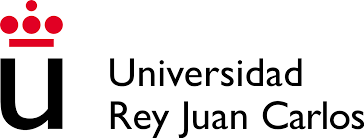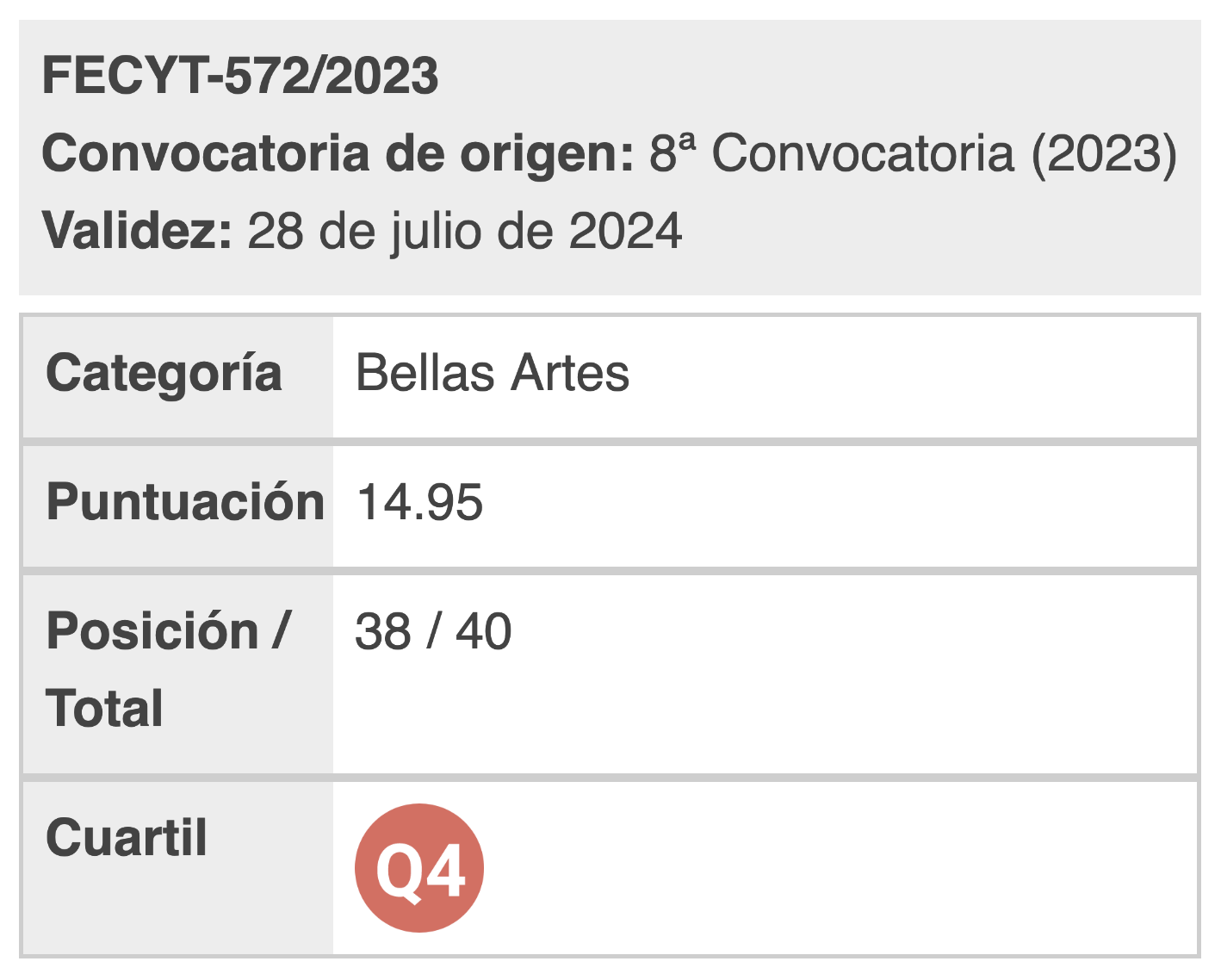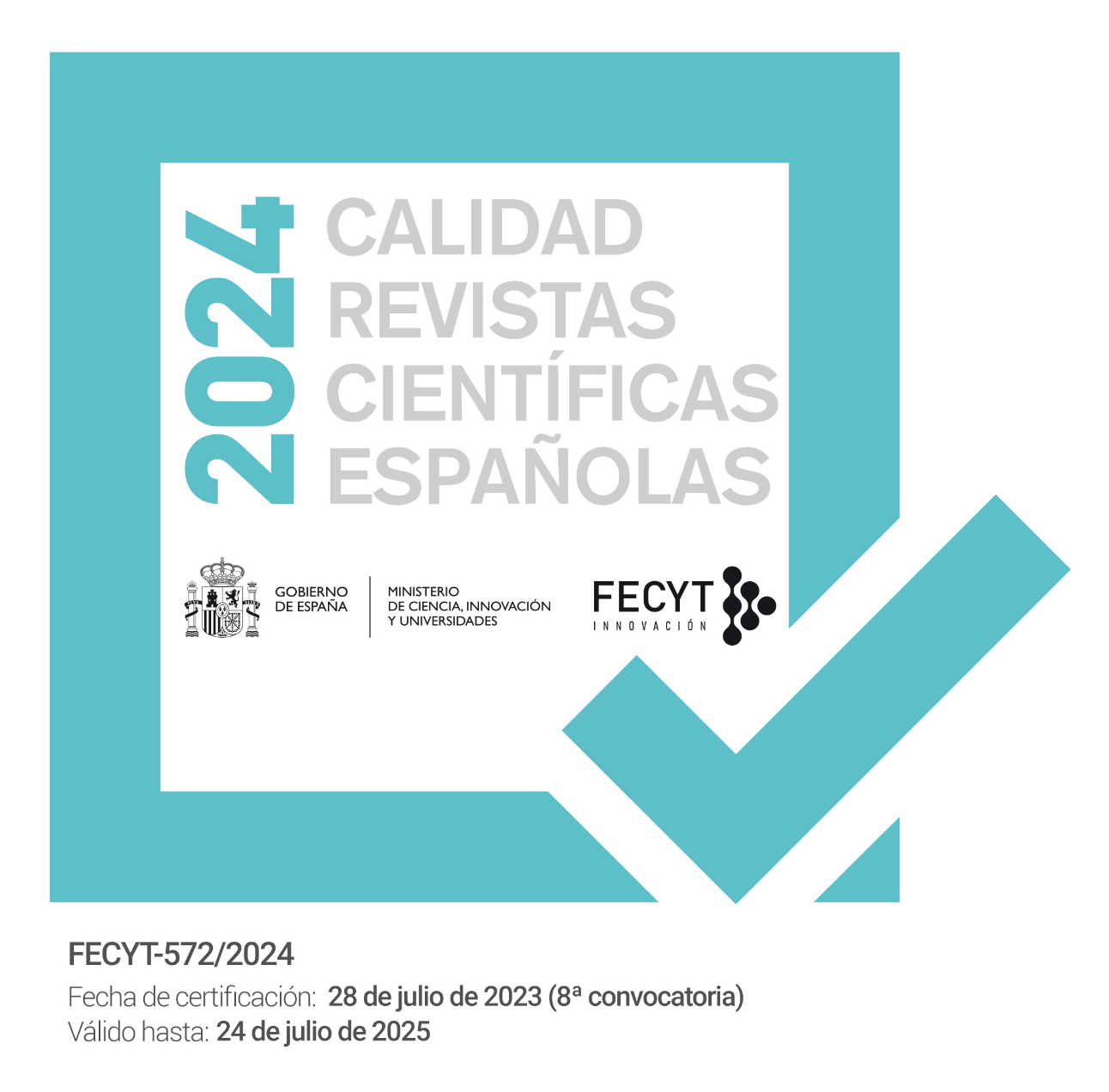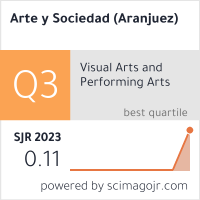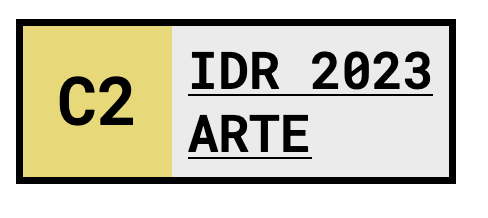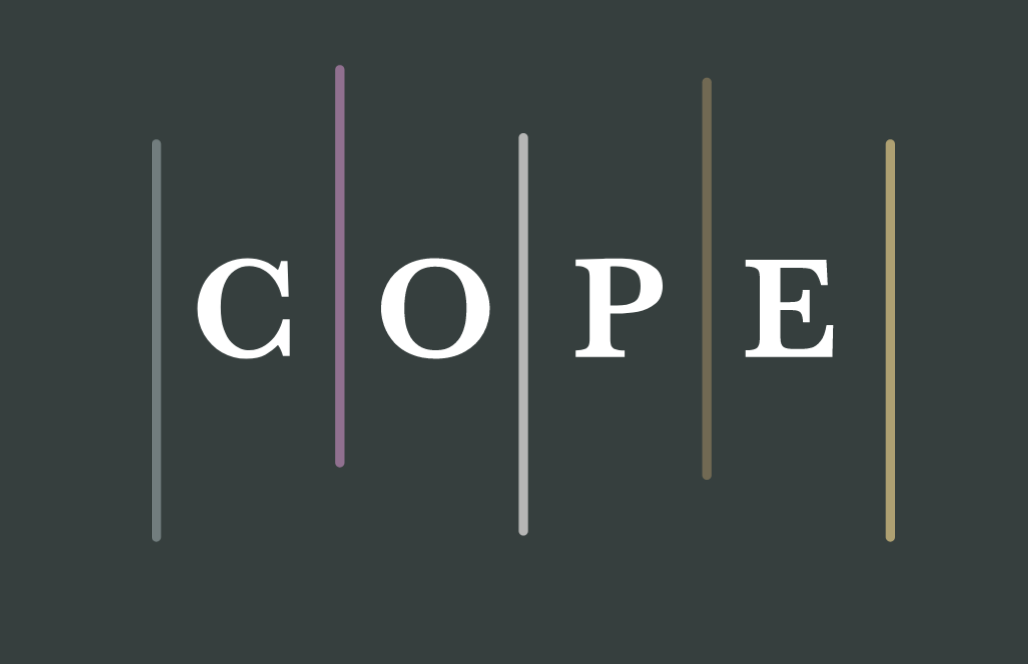TECHNOLOGIES FOR THE CONSERVATION OF ART AND CULTURAL HERITAGE. ARTIFICIAL INTELLIGENCE ALGORITHMS IN APPLICATIONS
DOI:
https://doi.org/10.33732/ASRI.6741Keywords:
Applications, Algorithms, Artificial Intelligence, Art, Cultural HeritageAbstract
Today, the integration of Artificial Intelligence algorithms into emerging technologies has gained popularity in various fields of work. Such integration has revolutionised the way in which challenges associated with the preservation of works of art, antiquities and other cultural heritage are addressed. This research presents a systematic review of the application of machine learning algorithms and computer vision in the identification and analysis of materials, damage and alterations in works of art. These tools allow for a more accurate and detailed assessment, facilitating early detection of potential threats to the integrity of the artworks, and not only preserving the original appearance, but also offering new insights into the history and context of the works. Subsequently, some generative art algorithms were identified, as well as predictive and monitoring algorithms to assess the impact of the environment on the exhibited artworks, allowing precise adjustments in storage and exhibition conditions to prevent long-term damage. Finally, the transformative potential of these algorithms (StyleGAN, BigGAN, CNN, fuzzy systems, evolutionary algorithms, swarm intelligence, Autoencoders, SRGAN, Neural Style Transfer, Histogram Equalization, Non-Local Filters, Wavelet Transform, Kalman Filters, Data Augmentation, U- Net, ResNet, VGG16) is highlighted and ethical and cultural considerations associated with their implementation are raised. The combination of art conservation technologies and artificial intelligence algorithms offers a promising outlook for the preservation and continued appreciation of our valuable cultural heritage.References
Avci, A. (2023). AI applications in cultural heritage preservation: technological advancements for the conservation, Baskent International Conference on Multidisciplinary Studies, pp. 94-101. https://doi.org/10.6084/m9.figshare.24077862.v1
Belhi, A., Bouras, A., Al-Ali, A. & Foufou, S. (2023). A machine learning framework for enhancing digital experiences in cultural heritage, Journal of Enterprise Information Management, 36(3), pp. 734-746. https://doi.org/10.1108/JEIM-02-2020-0059
Chaillou, S. (2020). ArchiGAN: Artificial Intelligence x Architecture. Architectural Intelligence, pp. 117–127. https://doi.org/10.1007/978-981-15-6568-7_8
Canavire, V. (2023). Inteligencia artificial, cultura y educación: una plataforma latinoamericana de podcast para resguardar el patrimonio cultural. Revista Científica en Ciencias Sociales, 23, 59-71. Recuperado a partir de https://shorturl.at/kwhq3
Casadiego, S. A. C., Rondón, C. V. N., & Delgado, B. M. (2020). Caracterización para la ubicación en la captura de video aplicado a técnicas de visión artificial en la detección de personas. Revista Colombiana de Tecnologías de Avanzada (RCTA), 2(36), 83-88. https://revistas.unipamplona.edu.co/ojs_viceinves/index.php/RCTA/article/view/3720
Cayón, V. B. (2020). Algoritmos de an{alisis de imágenes multiespectrales e hiperespectrales para la documentación e interpretación del arte rupestre. Recuperado de http://e-spacio.uned.es/fez/eserv/tesisuned:ED-Pg-TecInd-Vbayarri/BAYARRI_CAYON_Vicente_Tesis.pdf
Damir, Y., & Miakin, D. (2022). Las 10 mejores aplicaciones móviles de generación de arte con IA en 2023 para Android e IOS. Recuperado de: https://mpost.io/es/top-10-mobile-ai-art-generator-apps-in-2023-for-android-and-ios/
Escriva, F., & Madrid, J. (2010). Recuperado de: https://shorturl.at/N4U0s
Fuster Andujar, F. d. (2015). Aplicación Android de realidad aumentada para mostrar imágenes históricas de lugares turísticos de interés. Recuperado de: https://shorturl.at/qhEYU
García, L. M. (2023). Inteligencia Artificial y patrimonio cultural: una aproximación desde las Humanidades Digitales. DICERE, 149-160. https://doi.org/10.35830/dc.vi4.55
Guerrero Salinas, M., Mancilla González, C., & Alba Cadena, F. (2019). Sonotipo: Arte generativo a partir del sonido. Colección Diálogos Intelectuales del Siglo XXI, 93-104. Recuperado a partir de https://shorturl.at/WdMUp
Maldonado, A. (2020). La aplicación de la fotogrametría (SFM) y las nuevas tecnologías para la mejora de la documentación, difusión y divulgación del patrimonio arqueológico. Recuperado a partir de https://dialnet.unirioja.es/servlet/dctes?codigo=261576
Mondragón, S., & Leonardo, G. (2020). Aplicación de termografía infrarroja para el diagnóstico estructural de edificaciones históricas de adobe y quincha. Recuperado a partir de: https://shre.ink/DDY1
Morita, M. (2017). Registro en 3 dimensiones de bienes culturales - Aplicaciones al arte contemporáneo. Recuperado a partir de https://sedici.unlp.edu.ar/handle/10915/59257
Munster, S., Maiwald , F., de Leonardo, I., Henriksson, J., Isaac, A., Milica, M., Oomen, J. (2024). Artificial Intelligence for Digital Heritage Innovation: Setting up a R&D Agenda for Europe. Heritage, 794-816. https://doi.org/10.3390/heritage7020038
Noguera, J., & Jiménez, F. (2022). Prácticas de microscopía óptica aplicada al estudio del biodeteriodo de bbcc. Recuperado a partir de https://tv.us.es/media/1_p712lu0n
Otero Gonzáles, P. (2020). Las falsificaciones de objetos arqueológicos. Respuesta jurídico-penal. Revista d´ Arqueología de Ponent, 30, 439-454. Recuperado a partir de https://e-archivo.uc3m.es/handle/10016/34801#preview
Polo, M. Á. (2021). Inteligencia artificial para proteger el patrimonio. Diseñan sensores que detectan hongos, termitas y carcoma en obras de arte como retablos, lienzos o altares. También se usa en edificios históricos. Recuperado a partir de https://www.expreso.ec/buenavida/inteligencia-artificial-proteger-patrimonio-112866.html
Ramos, J. (2021). Herramientas Digitales para la educación. https://shre.ink/DDYH
Sipirán, I., Mendoza, A., Apaza, A., & López, C. (2022). Data-Driven Restoration of Digital Archaeological Pottery with Point Cloud Analysis. Revista internacional de división por computadora, 2149-2165. https://doi.org/10.1007/s11263-022-01637-1
Víctor, Y., & Rigondeaux, Y. (2021). Algoritmos para el procesamiento de imágenes con artefactos de endurecimiento de haz en tomografía computarizada. Revista Cubana de Ciencias Informáticas, 15(2). Recuperado a partir de http://scielo.sld.cu/scielo.php?pid=S2227-18992021000200096&script=sci_arttext&tlng=pt

Downloads
Published
How to Cite
Issue
Section
License

This work is licensed under a Creative Commons Attribution 4.0 International License.
You are free to:
Share — copy and redistribute the material in any medium or format.
Adapt — remix, transform, and build on the material for any purpose, including commercial.
Attribution — You must properly acknowledge the authorship, provide a link to the license, and indicate if any changes have been made.
You may do so in any reasonable manner, but not in any way that suggests that you endorse or receive any endorsement by the licensor for your use.
No additional restrictions — You may not apply legal terms or technological measures that legally restrict you from doing what the license allows.

